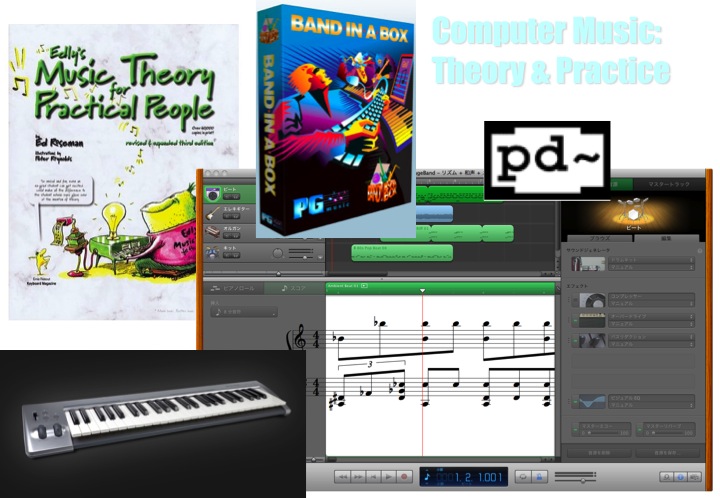ITA01: Computer Music;
コンピューター ミュージック

| Quarter | 3rd; 三学期 |
|---|---|
| Time | Wednesday II (iLab2 [279]) & Friday II (iLab1 [277]) |
| Michael Cohen | 公園 マイケル | Computer Arts Lab. 327-A |
x3108 | mcohen |
| Julián Villegas | ジュリアン ヴィジェガス | Computer Arts Lab. 327-C |
x3107 | julian |